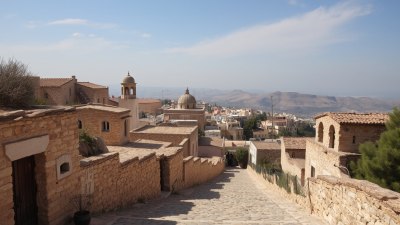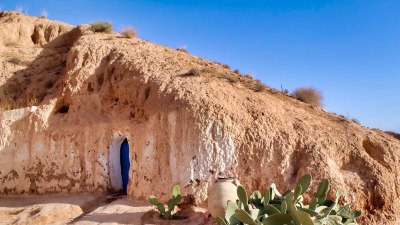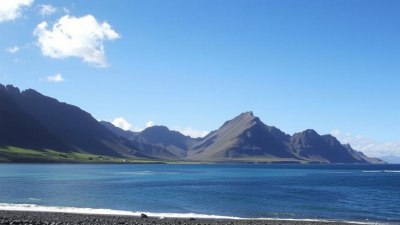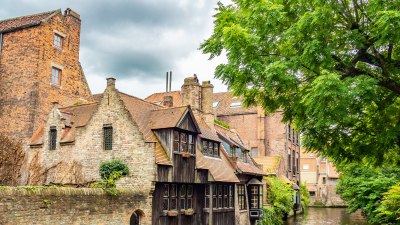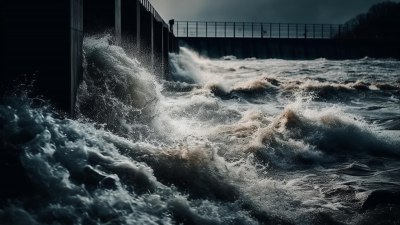Letting the Map Be a Suggestion, Not a Rule
Explore the benefits of flexible navigation and embracing spontaneity in travel.
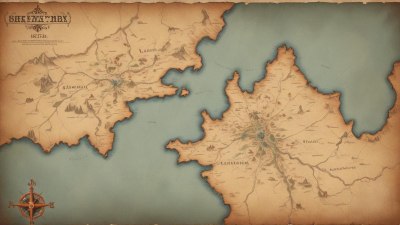
This image was created with the assistance of Freepik
In the age of GPS and digital maps, the way we navigate through the world has fundamentally changed. Traditionally, maps have been seen as guides that dictate our routes and destinations. However, there is a growing trend among adventurers and travelers to view maps not as rigid rules but as suggestions that allow room for spontaneity and personal exploration. This shift in perspective can enrich the travel experience, leading to unexpected discoveries and deeper connections with our surroundings. Here, we delve into the reasons why letting the map be a suggestion instead of a rule can transform your travels.
The Limitations of Rigid Navigation
Relying solely on a map can often lead to a one-dimensional view of a location. Travelers become so focused on reaching specific destinations that they miss the hidden gems along the way. This rigid navigation can create a sense of urgency, pushing one to hurry from one point to the next without pausing to appreciate the journey itself. When we treat maps as absolute, we overlook opportunities for unplanned adventures that can lead us to more authentic experiences.
Embracing Spontaneity
Letting the map serve as a suggestion allows for spontaneity to flourish. When travelers feel free to deviate from their planned routes, they open themselves up to chance encounters and experiences that can be far more enchanting than what was originally intended. Whether it's stumbling upon a charming café, discovering a lively street market, or sharing a moment with locals, these unexpected detours can create lasting memories that enrich one’s journey.
The Joy of Discovery
Exploration is often about discovery, and maps can often stifle this thrill. When we allow ourselves to wander, we engage more deeply with our surroundings. The thrill of getting lost can lead to finding that perfect spot where tourists don’t frequent, or a scenic view that wasn’t marked on any map. Embracing a suggestive approach to mapping invites a sense of curiosity and adventure, encouraging us to explore with an open heart and mind.
The Art of Getting Lost
Many travelers often fear getting lost, but in reality, it can be one of the most rewarding aspects of travel. Instead of panicking when our plans go awry, we can relish the opportunity to navigate our own way. Getting lost can lead us to uncharted territories, whether that’s an undiscovered path in nature or a quaint neighborhood in a foreign city that feels like a well-kept secret. Learning to embrace the unexpected can turn a mistake into a cherished adventure.
Building Connections
When we allow ourselves to stray from traditional routes, we often find ourselves in the midst of local culture. Engaging with people, cultures, and traditions becomes much easier when we step off the beaten path. Instead of rushing through an itinerary, taking time to stop and chat with locals can provide insights that no guidebook can offer. These connections create a more meaningful travel experience, helping us to build relationships and understand different ways of life.
Mindfulness in Travel
Letting the map be a suggestion encourages a mindfulness approach to travel. Rather than rushing to see everything, we can take the time to truly savor our surroundings. This mindfulness fosters a deeper appreciation for the places we visit and often leads to a more fulfilling experience. Being present in the moment helps travelers soak in sights, sounds, and scents that might have otherwise gone unnoticed, turning each journey into a blending of exploration and reflection.
Creating Your Own Path
Maps are useful tools for navigating unfamiliar landscapes, but they shouldn’t dictate our entire experience. By creating our own paths, we affirm our individuality and personal preference as travelers. Each person has their own idea of what makes a journey meaningful, and maps can sometimes impose a standard that doesn’t align with our own desires. Unlocking the freedom to create our own routes invites personal growth and self-discovery.
Reassessing Travel Priorities
When travelers adopt a ‘map as suggestion’ mentality, they often find their travel priorities shift. Instead of focusing on a checklist of attractions, they begin to seek out meaningful interactions and experiences. This shift allows for deeper engagement with the places they visit. It promotes a sense of purpose in travel, leading to a more authentic understanding of the world and sparking joy in unexpected moments.
Real-life Examples
Many travel enthusiasts share stories of how straying from the map has enhanced their trips. For instance, a traveler visiting Italy may have planned on a famous tourist destination like Venice but discovered through wandering that a small village nearby offered breathtaking views and exquisite local cuisine. Similarly, someone trekking in the mountains might have intended to follow a well-trodden path but found magic in a secluded spot that wasn’t marked on any official trail. These stories exemplify how deviation can lead to moments of serendipity and beauty.
The Role of Technology
Technology provides tools that help travelers navigate effectively. However, it can also encourage over-reliance on specific routes. While smartphones and digital maps offer convenience, they can also hinder the capacity for exploration. Being overly attached to technology can prevent travelers from engaging fully with their environment. Striking a balance between utilizing technology for safety while allowing for traditional navigation methods like intuition and instinct can enhance the travel experience.
Letting the map be a suggestion presents a profound shift in our travel approach while unlocking a world of possibilities. The experience of travel is multidimensional, and embracing spontaneity enhances connectivity, mindfulness, and joy in discovery. So next time you embark on an adventure, remember that the path less traveled might just lead to the most unforgettable memories. Exploring the world doesn’t have to be about checking off boxes; instead, it can be about weaving your own narrative through the threads of spontaneity, connection, and personal growth.
